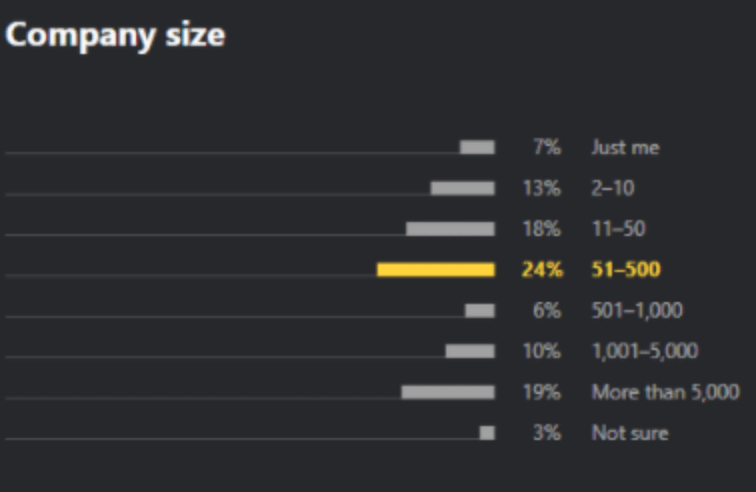Python is one of the most popular programming languages and demand is steadily increasing for it globally. It’s regarded as a general-purpose programming language suitable for projects of any size. Python was designed to be easy to read and uses an object-oriented approach to assist developers in writing clear, logical (ostensibly) high-quality code.
This is especially significant as software has an average lifespan of 7 years, up to twice that for large, complex systems. Developers will spend much more time reading code than writing it. The easier it is to read, the faster it is to understand, debug, and upgrade.
Python was initially released in 1991, but it has undergone three major versions since then. Python 3 was released in 2008, it’s most recent update was in October 2020 with Python 3.8. Early versions of Python are not entirely compatible with Python 3. Presently, there are no plans for Python 4.




